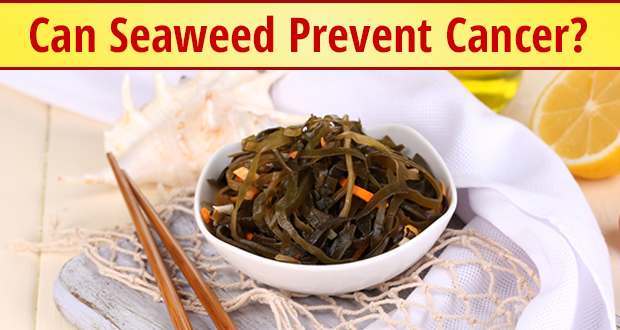Diabetes is a chronic illness and can cause fear once slapped with the diagnosis. Fear of complications like kidney, eye and limb damage. What is less well known is that diabetes also raises the risk of heart disease by four to five times compared with people without the disease. The treatment goals for people with diabetes are more strict than those for people without diabetes. In a study, out of 20,000 Indian patients with type 2 diabetes mellitus, 60% had coronary artery disease .
Even when glucose levels are under control it greatly increases the risk of heart disease and stroke. That’s because people with diabetes may have the following conditions that contribute to their risk for developing cardiovascular disease.
• High blood pressure
When patients have both hypertension and diabetes, which is a common combination, their risk for cardiovascular disease doubles.
• Abnormal cholesterol and high triglycerides
Patients with diabetes often have unhealthy cholesterol levels including high LDL (“bad”) cholesterol, low HDL (“good”) cholesterol, and high triglycerides.
• Obesity is a major risk factor for cardiovascular disease and has been strongly associated with insulin resistance. Obesity and insulin resistance also have been associated with other risk factors, including high blood pressure.
• Lack of physical activity is another major risk factor for insulin resistance and cardiovascular disease. For overall cardiovascular health, the American Heart Association recommends a minimum of 30 minutes of moderate-intensity aerobic activity at least 5 days per week for a total of 150 min/week.
• Poorly controlled blood sugars (too high) or out of normal range
Diabetes can cause blood sugar to rise to dangerous levels.
• Smoking puts individuals, diabetic or not, at higher risk for heart disease and stroke.
The ABC’s of diabetes control
Having diabetes increases your risk for cardiovascular disease, including heart attack and stroke. If you have diabetes, you should pay close attention to the factors which can increase your risk for heart trouble. These are often referred to as the “ABC’s:”
• hemoglobin A1c (HbA1c) blood sugar test
• Blood pressure
• Cholesterol.
“ABC” Goals
HbA1c Less than 5.5%
Blood pressure Less than 130/80 mm Hg
LDL (bad) cholesterol Less than 100 mg/dL
Triglycerides Less than 100 mg/dL
HDL (good) cholesterol More than 50 mg/dL in men and 60 mg/dL in women
And also
Fasting Serum Insulin 2 – 5 IU/ml
HbA1C above 6% indicates higher risk of Kidney Failure. Above 4.6%, risk of CVD doubles for every 1% rise in HbA1C, which measures blood sugar control over the preceding 3 months. In a French study, people with Diabetic Retinopathy averaged an FBS of 130mg% and HbA1c OF 6.4% over a period of 9 years. While those without eye damage averaged an FBS of 108mg% and an HbA1C of 5.7%.
An Integrative medicine approach will help not just control your diabetes but actually reverse it, so that you are healthy Again. No more diabetes! No more drugs, no more doctors!




 BPA is an industrial chemical that is added to many products.
BPA is an industrial chemical that is added to many products. Common products that may contain BPA include:
Common products that may contain BPA include:
